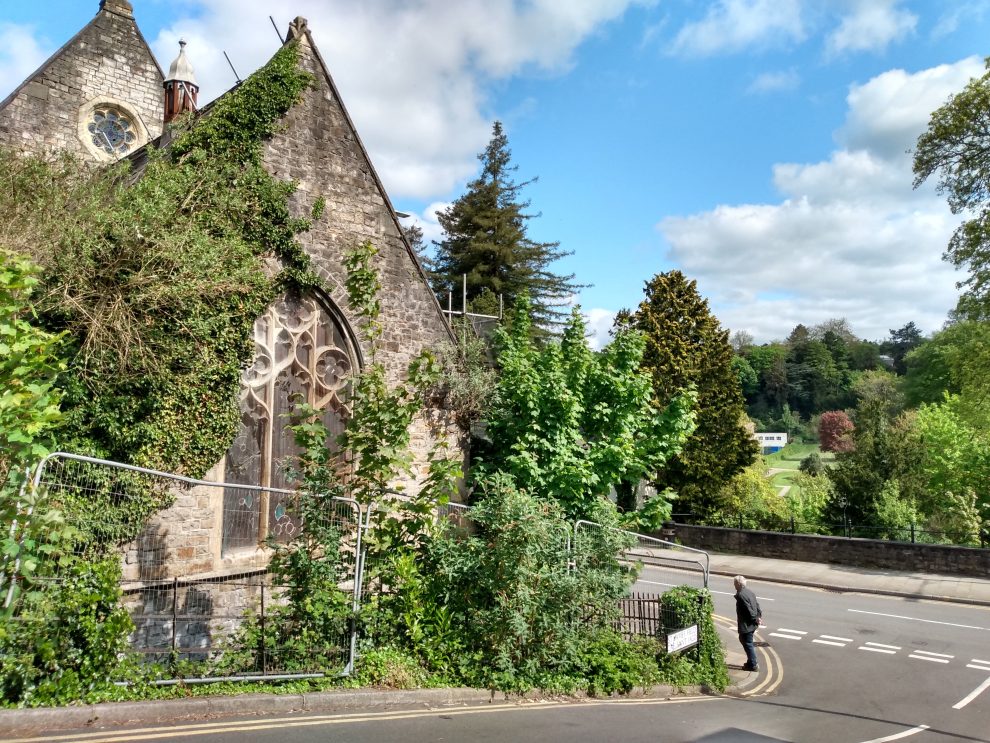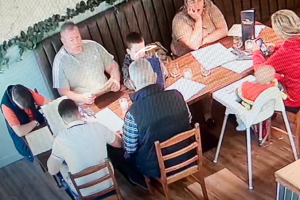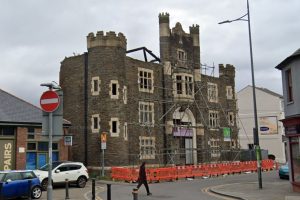PLANS for the third and final scheme in Pontypool’s £9.3 million Levelling Up project have now been made public.
Torfaen Borough Council’s planning committee has already given the authority permission to convert public toilets in Hanbury Road into a restaurant and for the refurbishment of the Glantorvaen multi storey car park.
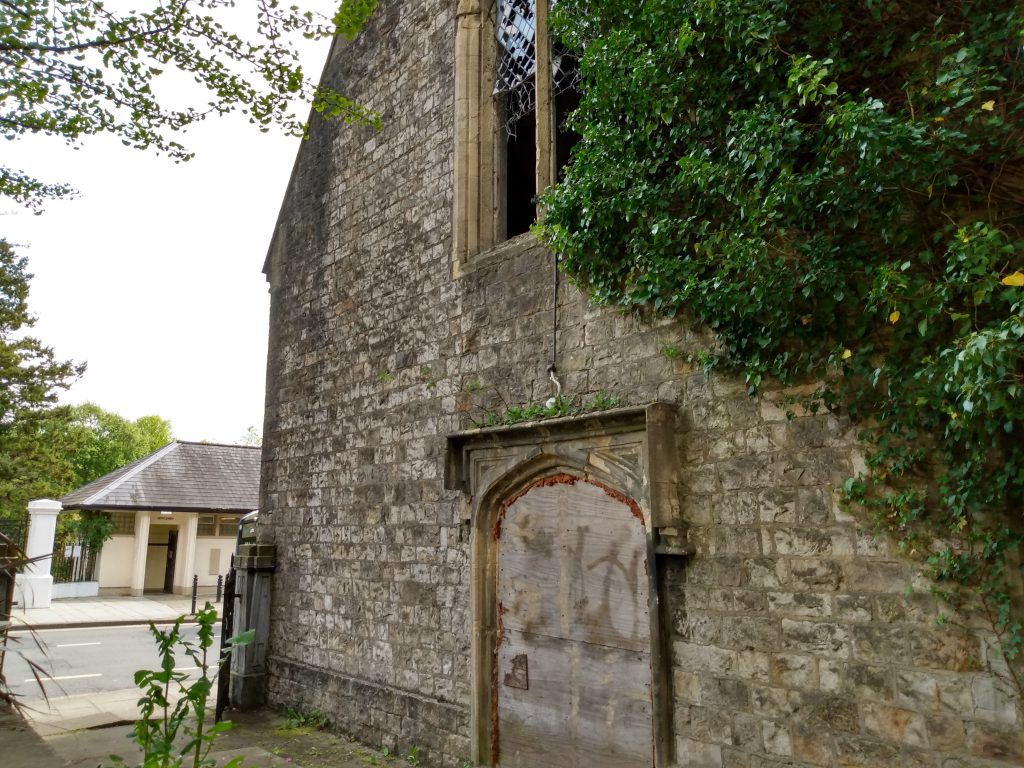
Now a planning application has been submitted seeking permission for the change of use of the derelict St James’ Church to a cafe/eatery and for it to be a multi-use cultural facility with function rooms.
The new uses would include a cinema and events such as a food market and arts fairs while a kitchen would also be added to the building and there would be a single-storey toilet extension.
The 202-year-old church, which hasn’t been in use since 1998, is currently described as in “a critical condition with large areas of the roof missing or damaged” and the fabric of the building, which is blighted by vandalism and lack of maintenance, is deteriorating.
The intention, according to the application that has been made by Penarth-based developers Bolwell and Hayward Ltd on the council’s behalf, is to repair and conserve its fabric using like-for-like materials. Its stained glass windows would also be repaired.
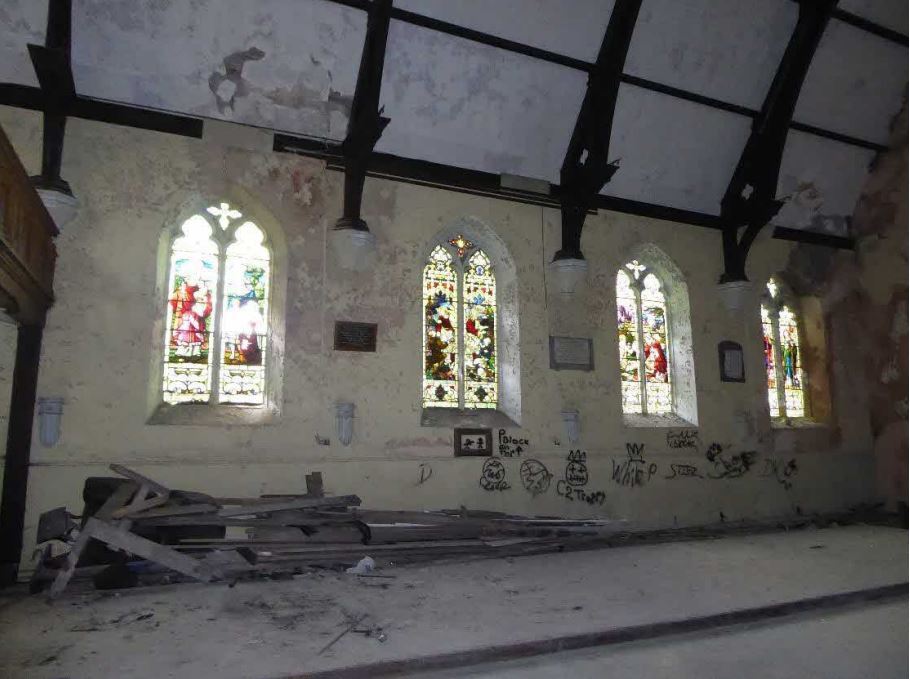
The ‘pop up cinema’ space that would also be used for events and as a function room would be around the nave while the altar and chancel area would be a small function room and the vestry would be the kitchen. There would be an outside seating area alongside the south aisle which will become a bar’/servery and seating area separated from the nave by glazed screens.
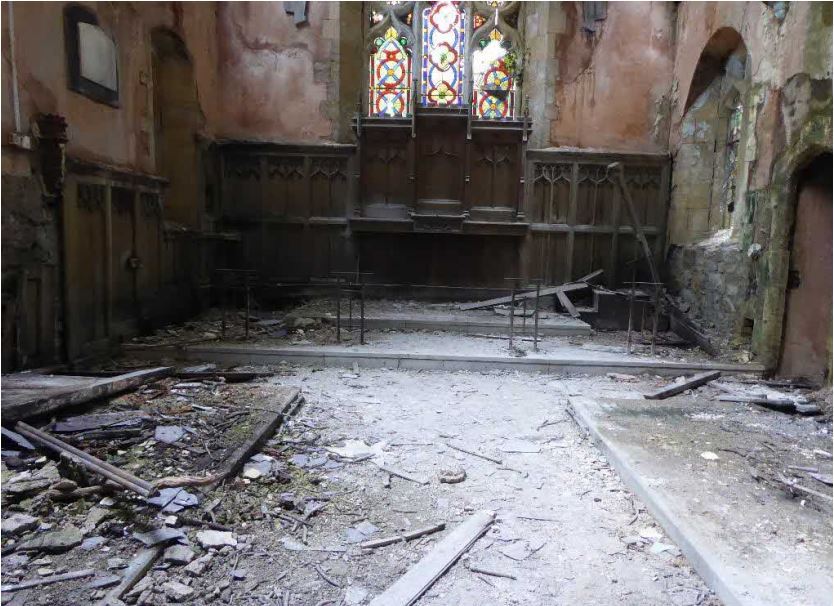
A heritage impact assessment however says the church’s existing organ “appears so badly damaged it is unrealistic to expect that to be rebuilt” and says should an organ be required obtaining one from another church would likely be “more appropriate”.
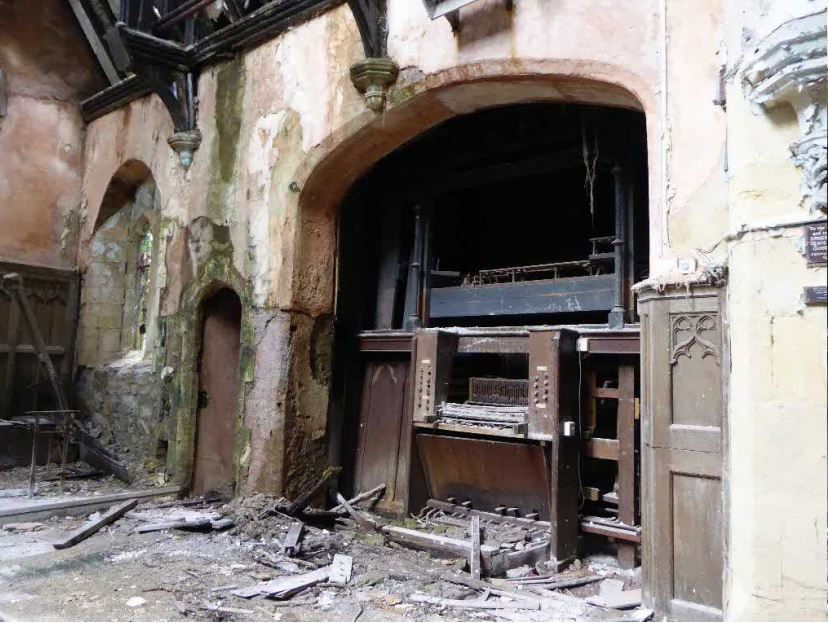
The church was grade II listed, in 1997, and is within the Pontypool Town Conservation area and the report states: “This is an example of a listed building where its physical condition diminishes the heritage significance and has an adverse impact on its special character.”
It also says in its current condition the church detracts from the other listed buildings nearby which include the Town Hall and the Great War Memorial iron gates that are next to the toilet block, which is to become a restaurant, and while the toilets aren’t listed they are described as “architecturally sophisticated”.
The intention of the Levelling Up project, which is being supported by £7.6m from the UK Government with the balance from council and private funding, is to create new attractions, including to support a nighttime economy, through restoration of the “landmark buildings” and boost footfall by encouraging the 290,000 people that visit nearby Pontypool Park every year to head into the town centre. The revamp the car park is to provide secure parking for visitors.
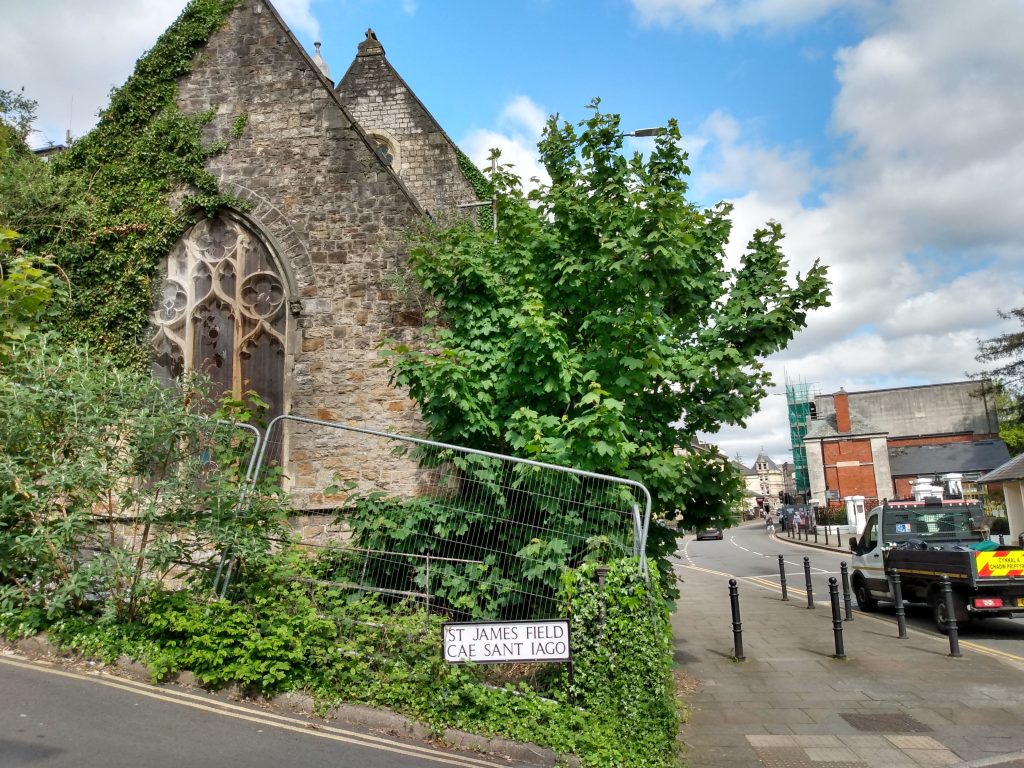
St James’ was built in 1821, as a Chapel of Ease to St Cadoc’s Trevethin which was the parish church at the time, and the land was gifted by ironmaster Capel Hanbury Leigh, whose family financed the industrialisation of Pontypool.
The heritage report says the gifting of the land illustrates the linguistic, industrial and religious history of 19th century south Wales: “The land was given by Capel Hanbury Leigh with the aim of providing a home to the English-speaking congregation of Pontypool following concern that more local people were going to non-conformist places of worship.”



